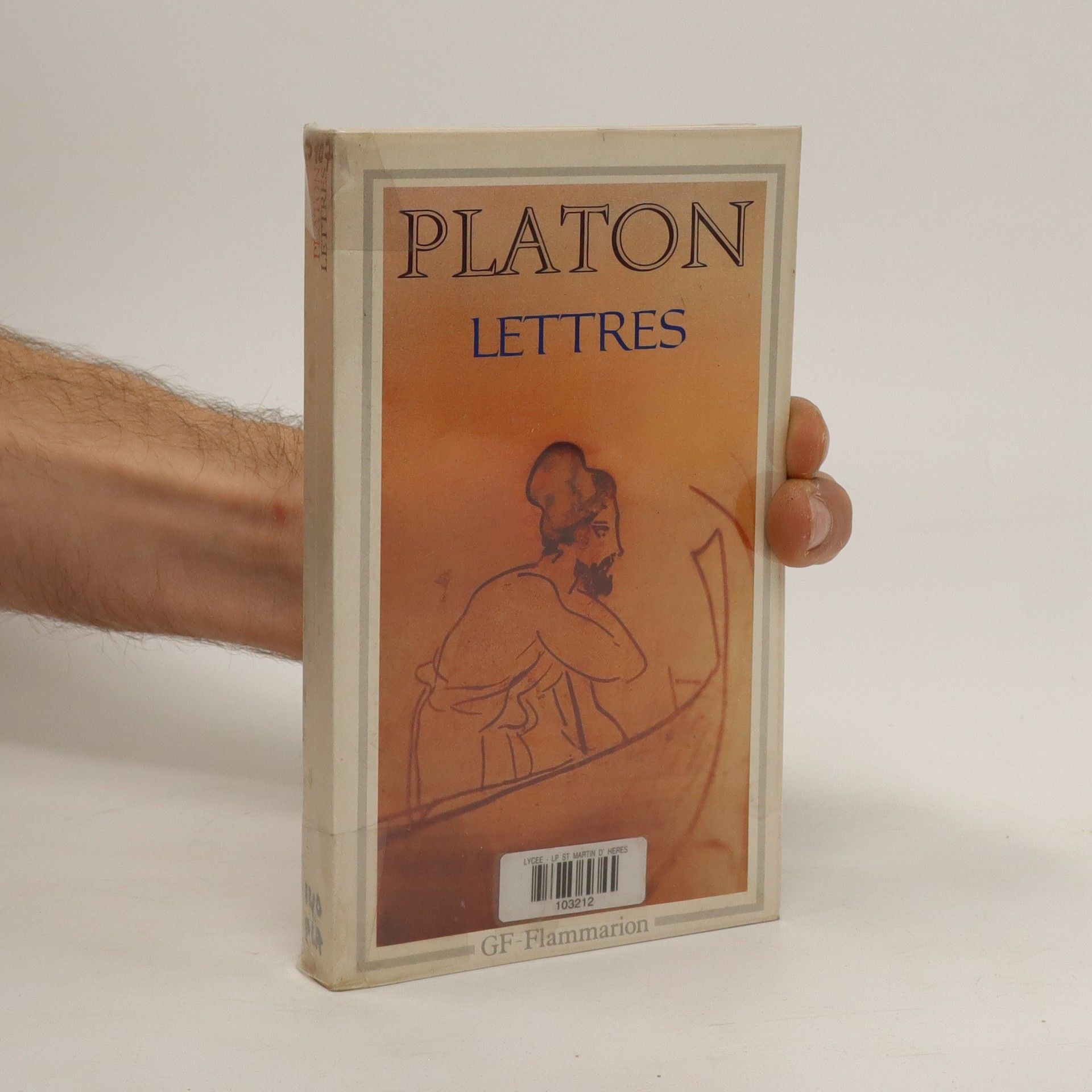Lettres
- 314pages
- 11 heures de lecture
Les lettres présentent, par rapport au reste de l'œuvre de Platon, un double intérêt : là seulement le philosophe parle à la première personne, là seulement il se décrit en action. Les Lettres nous présentent un autre Platon que celui des dialogues, celui qui, tout jeune homme, veut jouer un rôle politique à Athènes et qui, plus tard, cherche à réaliser à Syracuse les projets politiques qu'on trouve exposés d'abord dans la République, puis dans le Politique et dans les Lois. Par là, Platon ouvre une tradition qui se maintiendra après lui, comme en font foi, entre autres, les exemples de Descartes auprès de Christine de Suède, de Voltaire auprès de Frédéric II de Prusse ou de Diderot auprès de Catherine II de Russie : celui du philosophe conseiller du chef d'Etat.

